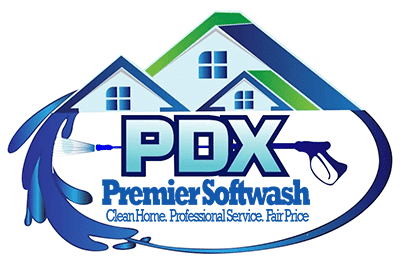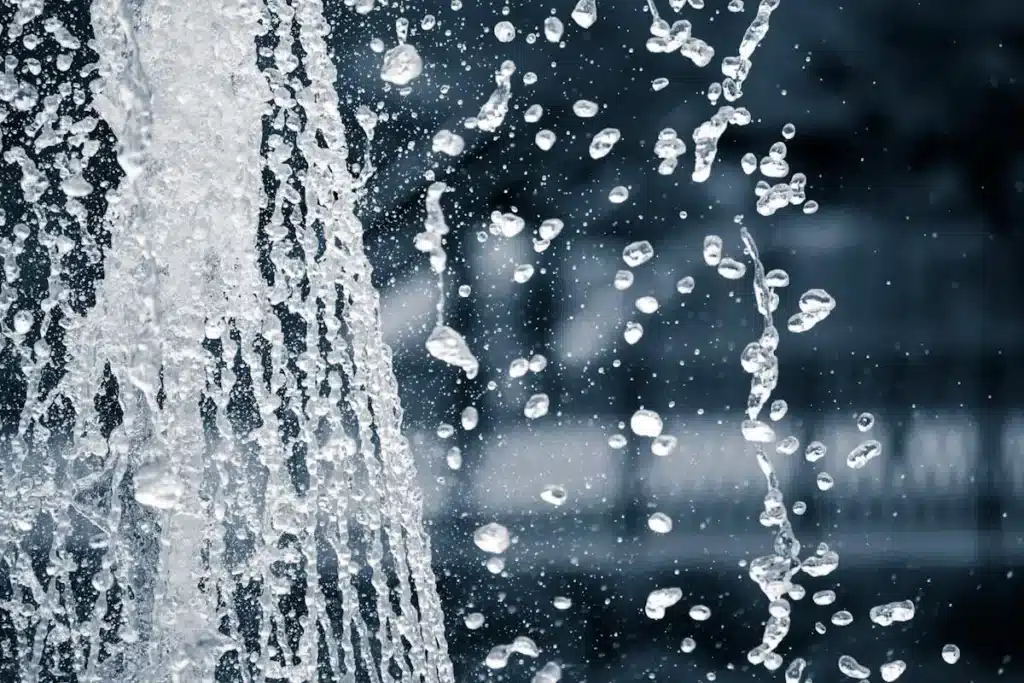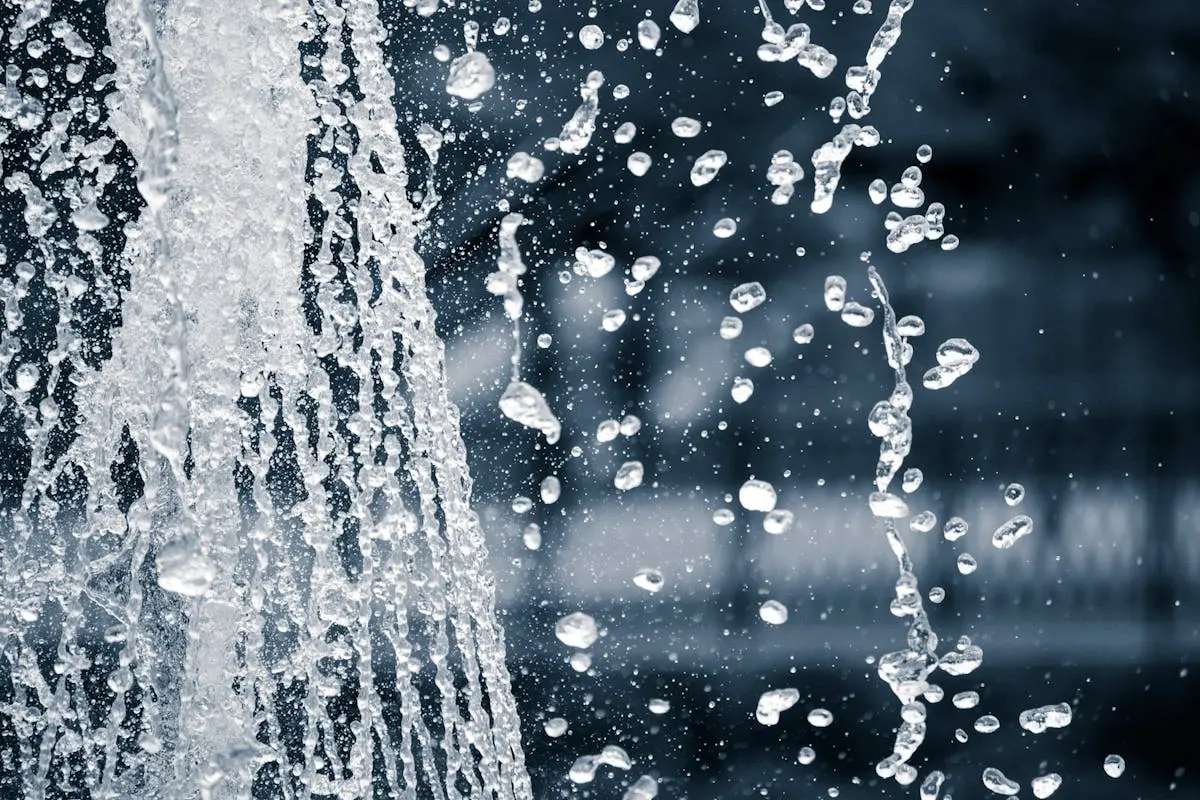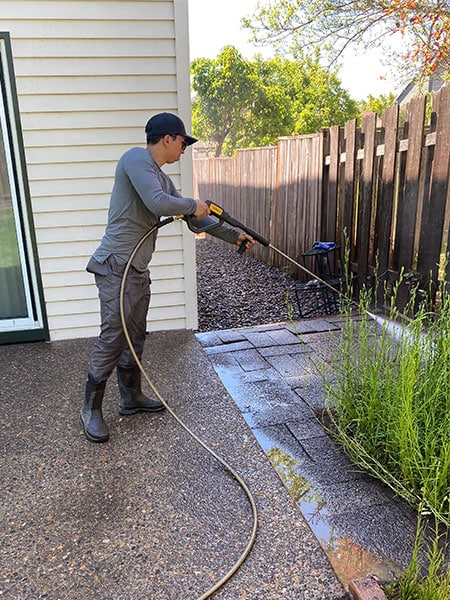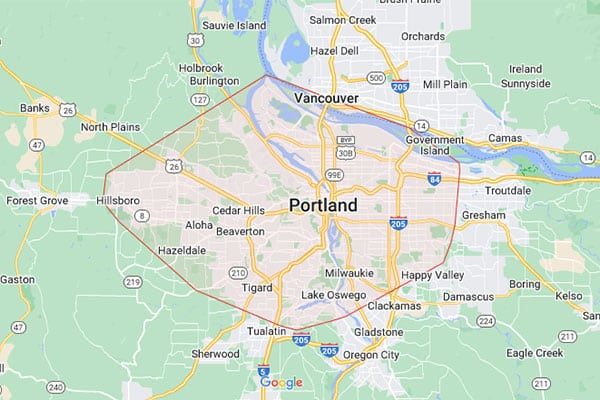Pressure washing is a powerful tool for cleaning and maintaining the exterior of our homes and outdoor areas. But, is it safe for all surfaces? This blog delves into the intricacies of using pressure washing equipment, ensuring you are informed about where and how to use it safely.
Understanding Pressure Washing
Pressure washing, also known as power washing, utilizes high-pressure water to remove dirt, grime, mold, and other stubborn substances from various surfaces. While it’s an effective means of cleaning, it’s not a one-size-fits-all solution. The process involves varying equipment settings to match the cleaning needs of different materials without causing harm. From concrete driveways to delicate wooden decks, understanding what each surface requires is the first step towards effective cleaning.
Safety concerns surrounding pressure washing often revolve around the potential for damage rather than personal harm. However, pressure washing can be dangerous, especially when high-pressure settings are used on unsuitable surfaces or by individuals without proper training. Ensuring safety involves knowledge of both the equipment and the material being cleaned to avoid inadvertently stripping paint, splintering wood, or eroding mortar.
Safe Surfaces for Pressure Washing
Most hard surfaces like concrete, brick, and stone can handle the direct force of high-pressure water. Driveways, sidewalks, and patios made of these materials are ideal candidates for pressure washing, resulting in a clean appearance free of dirt, oil stains, and algae. It’s a quick and efficient way to enhance curb appeal and maintain the integrity of these durable areas.
Surfaces to Avoid or Use Lower Pressure
Delicate surfaces require a gentler approach. Soft washing is a low-pressure cleaning method often recommended for materials such as wood siding, asphalt shingles, and painted surfaces. Using high-pressure settings on these surfaces can cause damage ranging from discoloration to physical harm. Instead, opting for soft washing techniques can safely remove dirt and mildew without the risk.
Adjusting Pressure for Different Materials
Knowing how to adjust the pressure washer settings is crucial for protecting your property. Many modern pressure washers offer adjustable settings to cater to various cleaning tasks. Start with the lowest effective setting and gradually increase pressure as needed. Additionally, the distance between the nozzle and the surface can also affect the cleaning intensity. As mentioned on sites like The Family Handyman, mastering these adjustments can lead to optimal cleaning results without surface damage.
Professional Tips for Safe Pressure Washing
Professionals in the pressure washing industry recommend wearing protective gear, like gloves and goggles, to safeguard against flying debris. They also stress the importance of being aware of your surroundings, particularly when using high-pressure settings. For instance, ensuring windows are closed and moving fragile items out of the way can prevent unnecessary damage. For those unsure about tackling a pressure washing project themselves, hiring a professional with the necessary expertise and equipment can be a wise choice.
Alternative Cleaning Methods for Sensitive Surfaces
For surfaces that cannot withstand the pressure of water washing, alternative methods such as soft washing, manual scrubbing, or the use of eco-friendly detergents offer safer cleaning solutions. Techniques such as soft washing utilize lower pressure levels combined with cleaning solutions to effectively remove dirt without damaging sensitive surfaces. Exploring these alternatives can provide homeowners with versatile options to keep their property clean and intact.
Safeguarding Your Surfaces
Understanding the suitability of pressure washing for various surfaces is key to using this powerful cleaning tool effectively without causing damage. By recognizing the material-specific guidelines and adjusting the pressure settings accordingly, homeowners can maintain their properties’ cleanliness and integrity. Always err on the side of caution, and when in doubt, consult with a professional. For those ready to explore pressure washing options or need guidance, discover more about our services and how we can assist you in safeguarding your surfaces.

